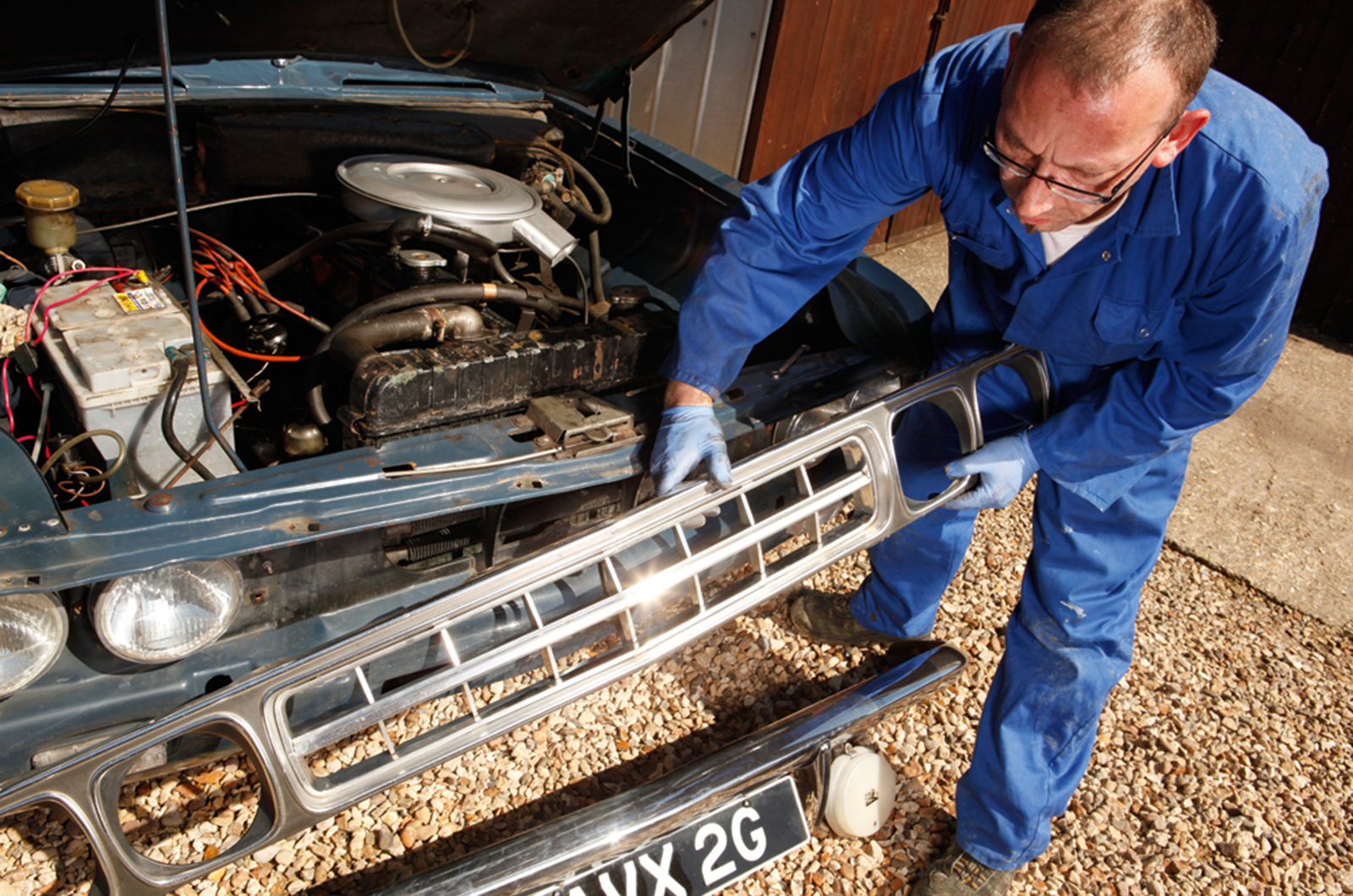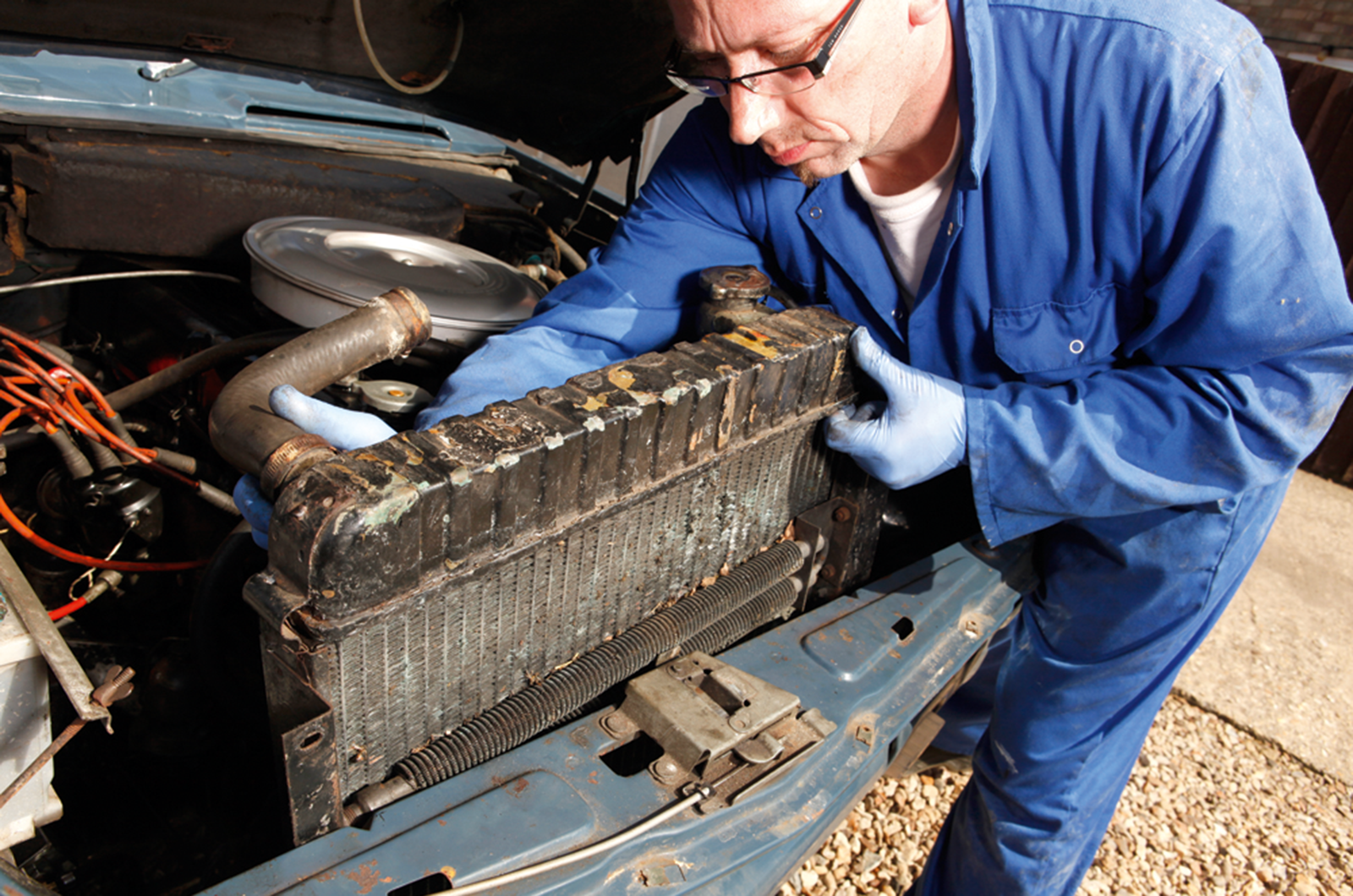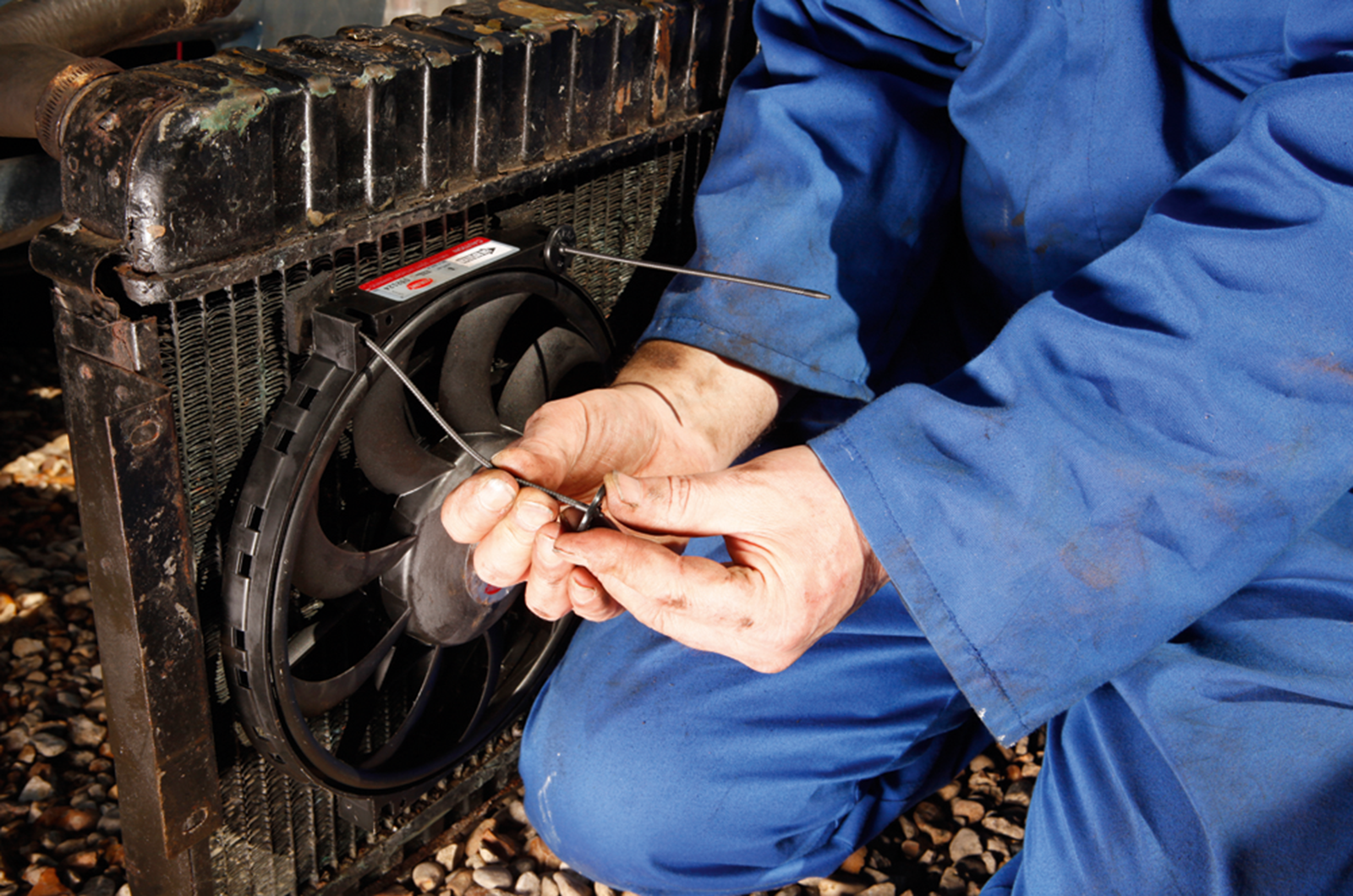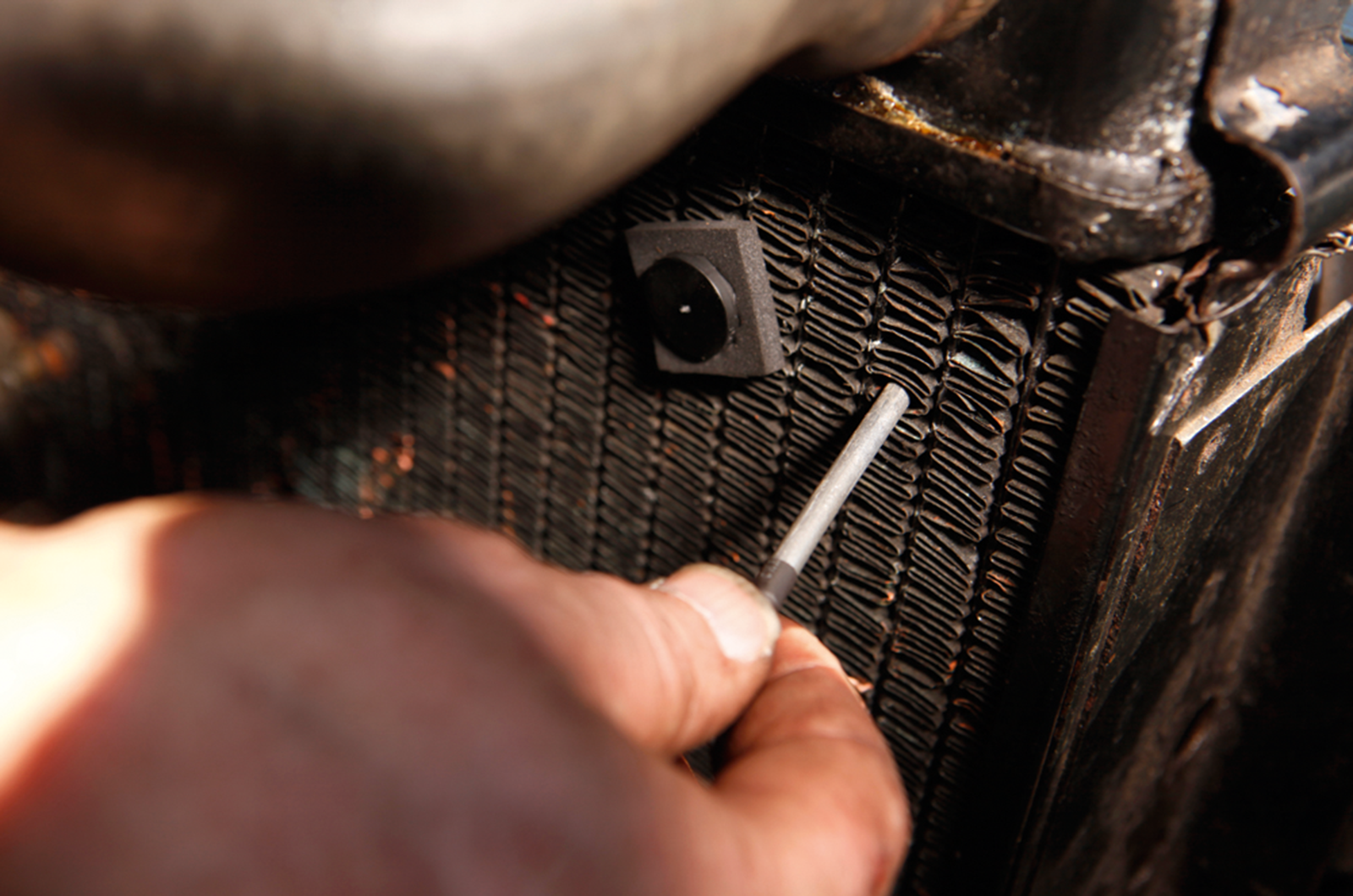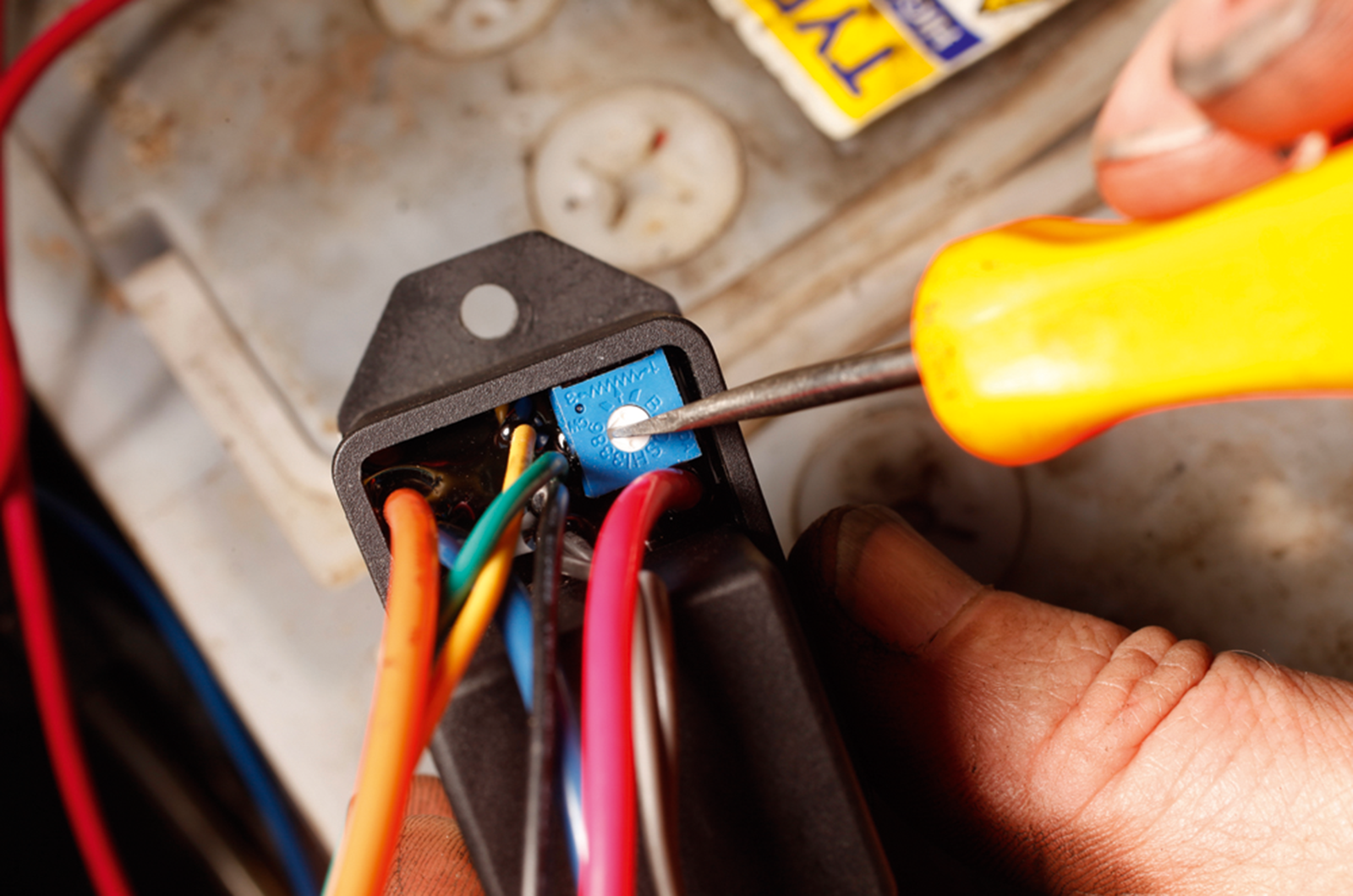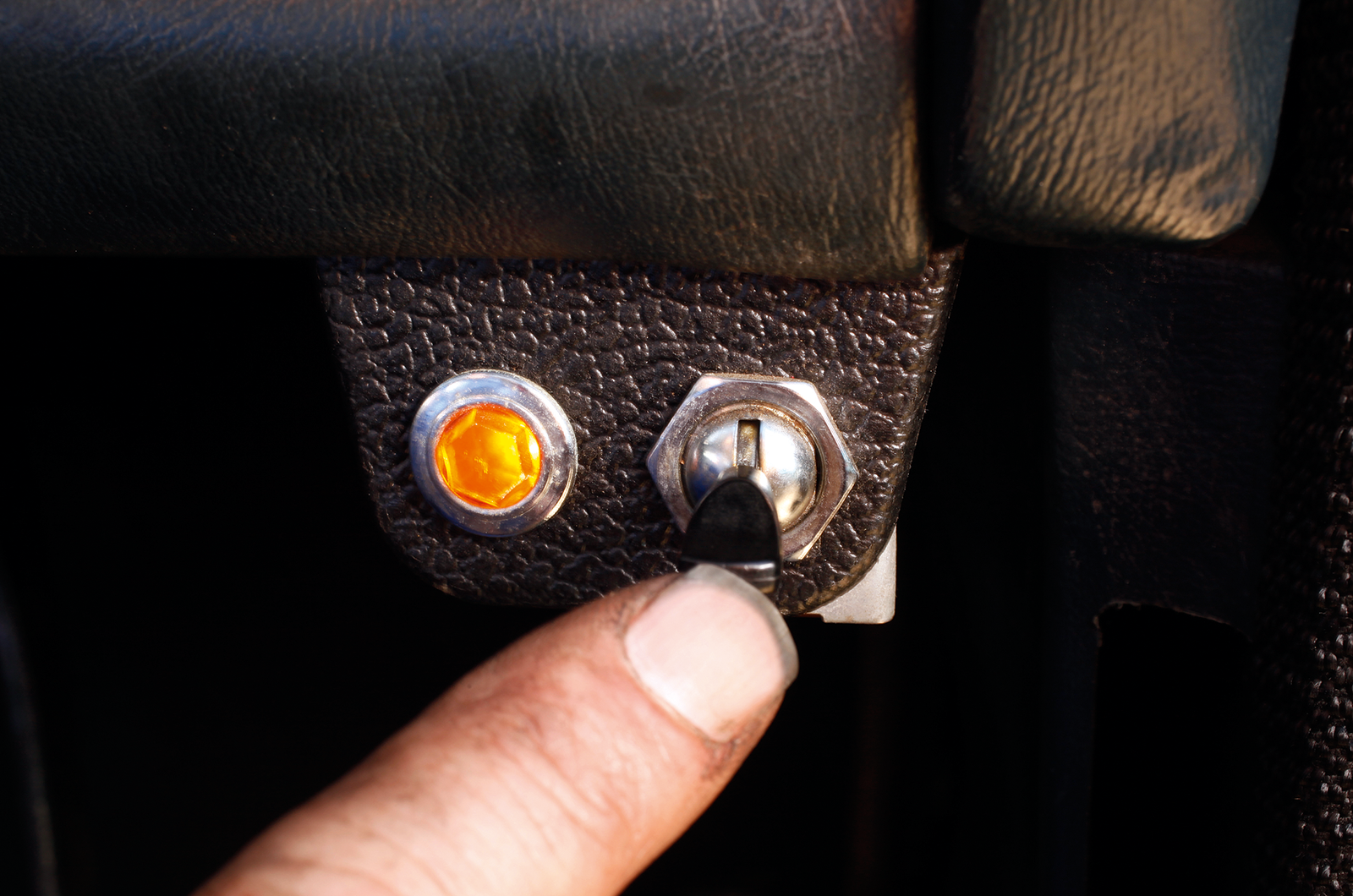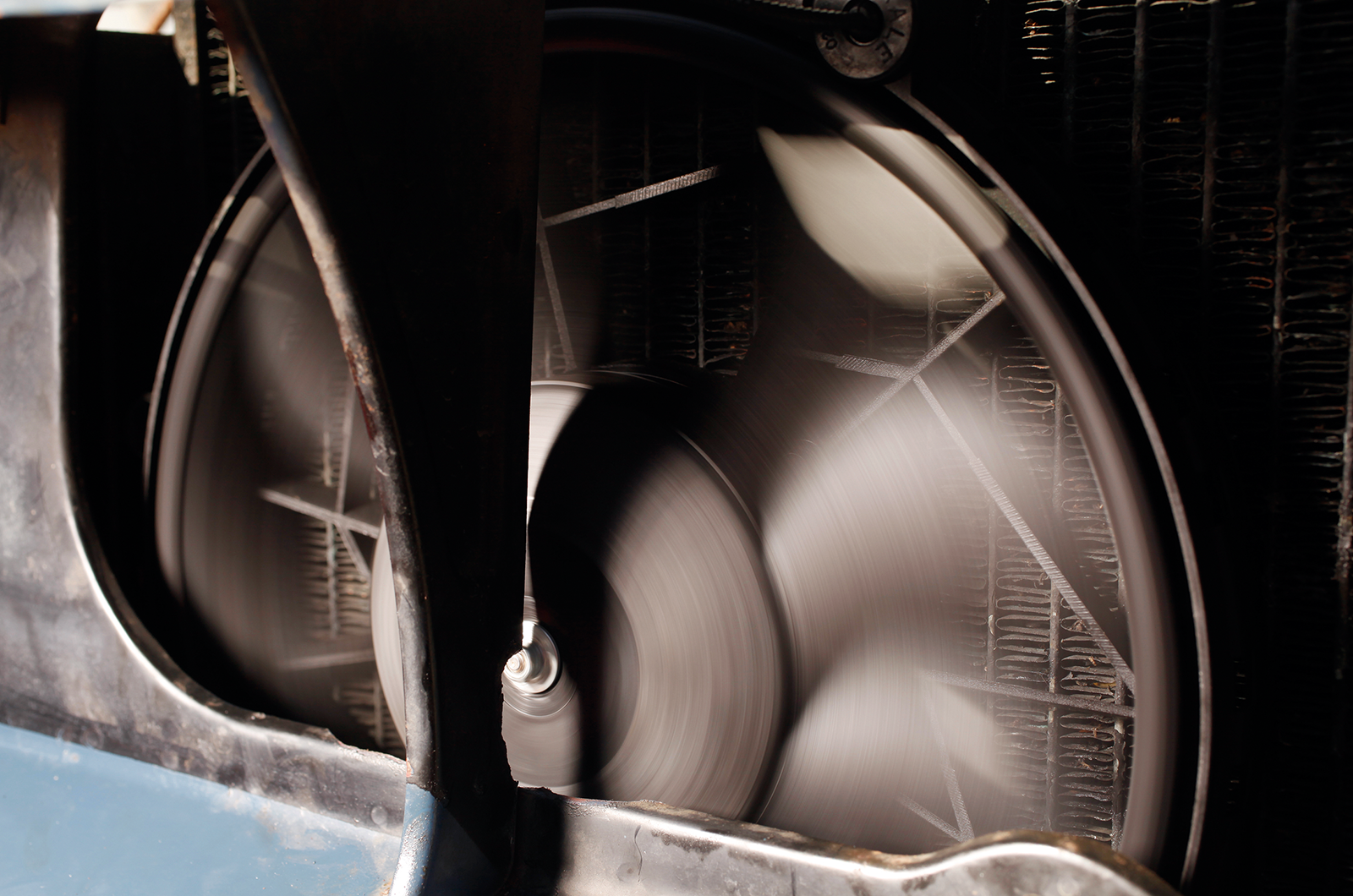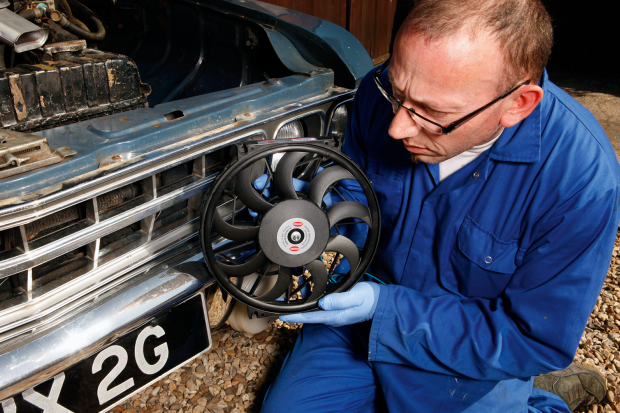
A glorious drive to a show on a long, summer day is the reason why many of us own the classic cars that we do.
Yet that very weather can cause older cars to get hot under the collar. Most engine-driven fans run unnecessarily for 80% of the time. The ram-air effect when you’re moving is enough to keep your car from boiling in most instances.
But if you get caught in a tailback or face a long climb at low speed, the temperature needle will begin to rise as the mechanical fan slows when your speed drops.
Converting to an electric fan or fitting a booster provides peace of mind. These devices sense when the motor gets hot and don’t need revs or motion to cool it in heavy traffic. They also free up a few bhp if you remove the mechanical fan.
Kits are available to replace the engine fan or to allow it to be kept while an auxiliary unit is attached to cut in when necessary or with manual override. Kenlowe is the best-known name in the market, but it now has various rivals.
Recent developments mean that the old-type, ‘probe in the water’ sensors are outdated. Some models can now be operated at two speeds, automatically, to cater for every situation.
1: MEASURE UP
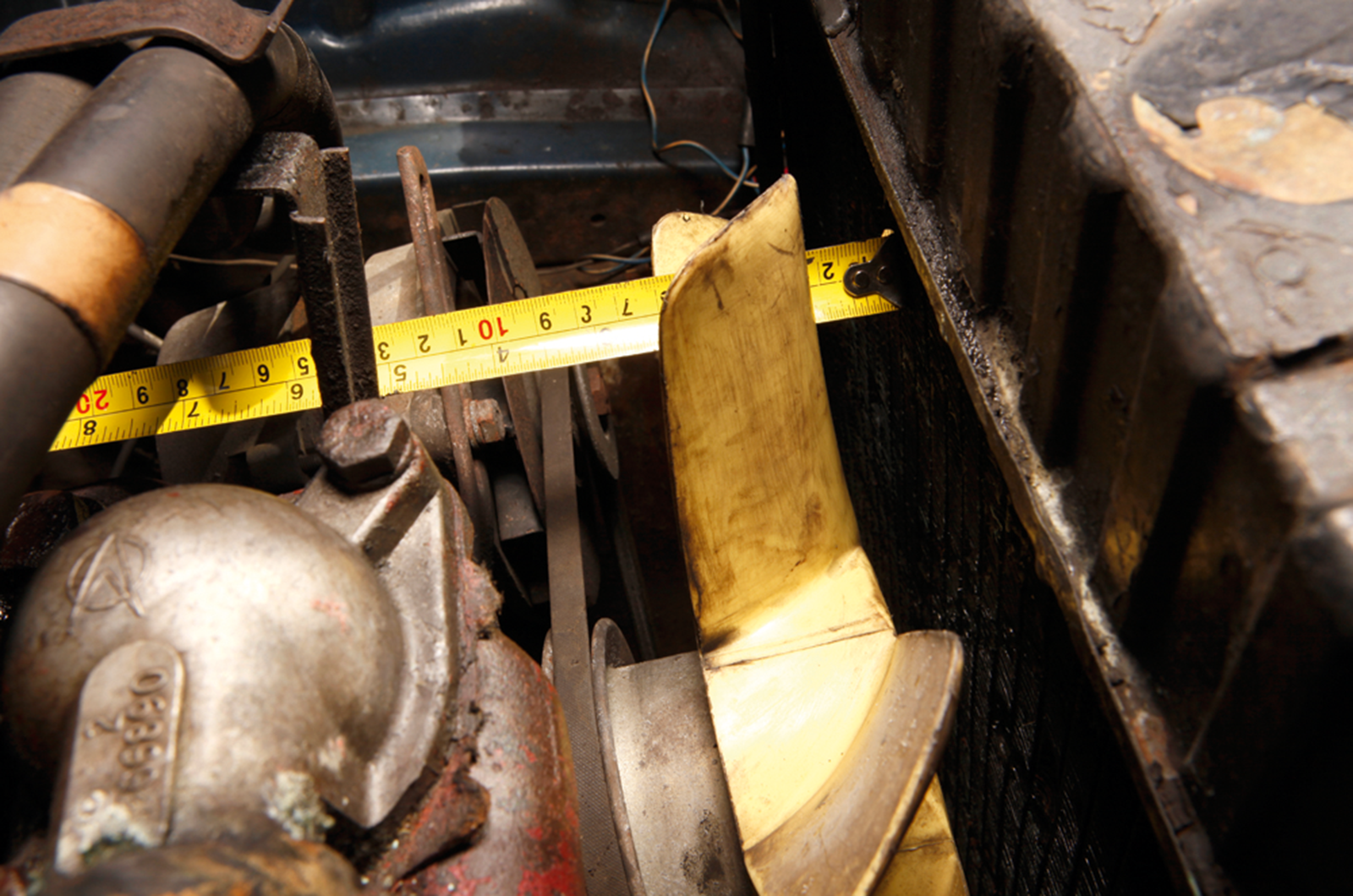
You should aim to squeeze the largest fan possible into the space that was occupied by the engine fan.

